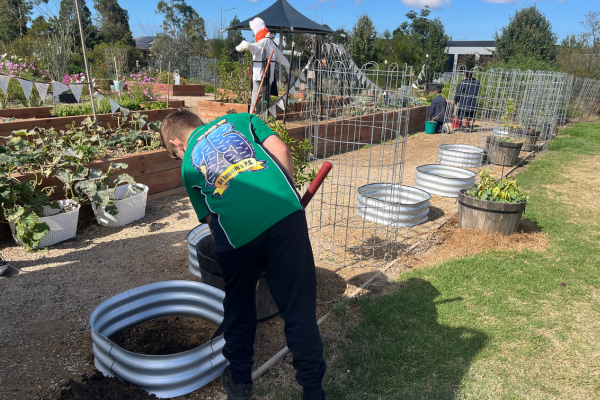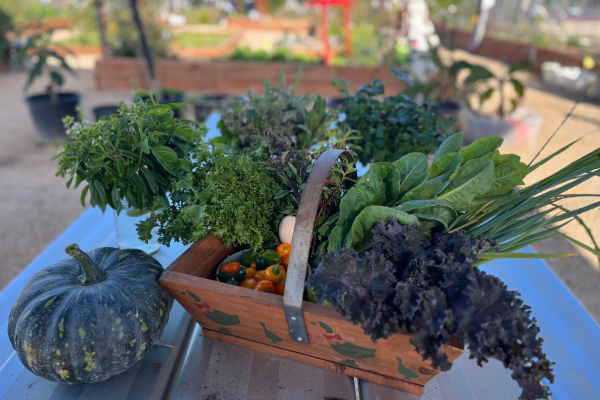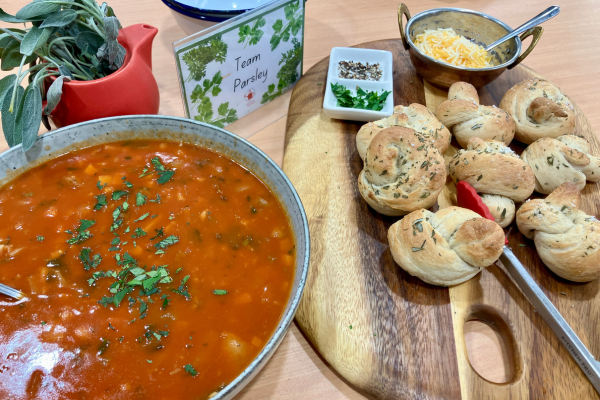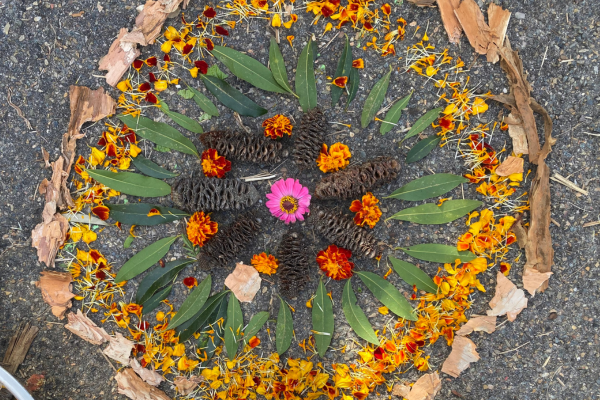Wholesome winter solstice activities

The winter solstice is nearly upon us! This year, the shortest day of the year in the southern hemisphere will fall on Saturday 21 June, providing a wonderful opportunity for cross-curriculum learning in both the kitchen and the garden.
The term 'solstice' is derived from the Latin words sol (sun) and sistere (to stand still), describing the moment the sun appears to pause at its highest point before beginning its gradual descent. At this time of year, the Earth is tilted furthest away from the sun, resulting in our shortest day and longest night.
Across cultures and throughout history, seasonal milestones like the solstice have been marked with celebrations. In today’s kitchen garden classrooms, the solstice offers a chance to connect students with nature, seasonal cycles, and creative learning. Here are four ways to embrace the winter solstice in your school or early childhood service.

1. Explore STEM links
The solstice also presents a great opportunity to link garden-based activities to the STEM curriculum. Teachers can engage students in measuring and recording the length of shadows over time, integrating topics from both geography and mathematics.
For an additional science connection, try experimenting with moon planting. This traditional gardening method follows the lunar cycle, suggesting different phases of the moon may influence plant growth. Students can test this theory by planting seedlings during the waxing and full moon phases and recording their observations. Does moonlight really affect how seedlings grow? This inquiry-based learning builds curiosity and critical thinking skills.

2. Enjoy winter veggies
The solstice marks a turning point in the gardening calendar, making it a wonderful time to enjoy the vegetables of the season. In southern temperate regions, this is the perfect time to harvest winter-hardy crops such as leafy greens, broad beans, peas. In temperate regions, it's also your last chance to plant some garlic - so get in quick! Northern tropical areas enjoy more planting flexibility at this time of year, with ideal conditions for growing a wide range of crops such as tomatoes, chillies and eggplant alongside broccoli, cabbage, peas and leafy greens. For a full list of what to plant and harvest during this time of year, check out our comprehensive planting and harvesting guides on the Shared Table.

3. It’s soup’o’clock!
There’s nothing quite like enjoying a warm bowl of soup and a freshly baked bread roll on a chilly winter’s day. This time of year provides an ideal opportunity to introduce new soup recipes in the kitchen classroom.
Consider trying hearty options filled with pulses like harvest minestrone, Turkish red lentil soup (Mercimek çorbası), or chickpea soup. Bread making is a wonderful complementary activity. Use our recipe for handmade bread rolls or, for something different, try making damper — especially fun when cooked over a real campfire.
Cooking and sharing these meals builds the confidence of children in the kitchen and deepens their appreciation for seasonal produce.

4. Create a winter solstice mandala
Mandalas, which originate from the Sanskrit word for 'circle,' are powerful visual symbols of the cycles in nature. Creating a mandala using natural materials is a beautiful way to honour the solstice and encourage artistic expression.
Students can begin by exploring the garden to collect materials such as seeds, bark, flowers, pods and vegetables. Once gathered, they can select a central object like a stone or flower and build outwards in a circular pattern. As students complete their designs, they can present their mandalas to the class, describing their creative choices and the meanings behind their work. This mindful activity fosters a deeper connection with the environment and the cyclical nature of our seasons.
Whether you explore new recipes or build spiraling mandalas, the winter solstice is a valuable moment to celebrate nature, creativity and connection in the kitchen garden. If your school or service gives one of these ideas a try, we encourage you to share your experience with our community on the Shared Table.
Interested in joining the Kitchen Garden Program in 2025? Join a community of schools and early childhood services right around Australia teaching young people how to grow, harvest, prepare and share! Email us at membership@kitchengardenfoundation.org.au or visit our membership page to find out more.
< Back to Latest News
